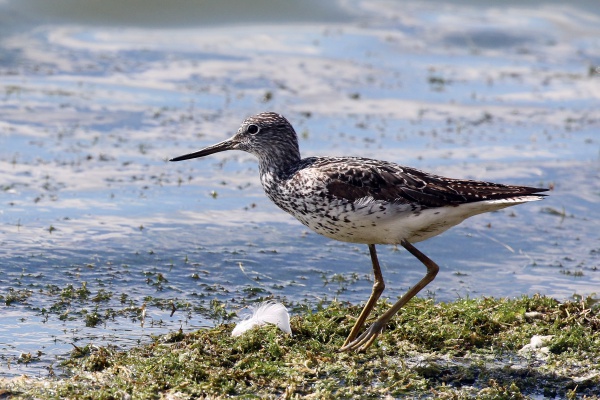Facts About Common greenshank
The common greenshank, belonging to the Scolopacidae family, is a wading bird that favors damp, marshy habitats. Officially named Tringa in 1599, its closest relative is the greater yellowlegs.
During the breeding season, the common greenshank can be found in subarctic regions. As winter approaches, they migrate to warmer areas such as Africa, the Indian subcontinent, and Australasia. These birds typically lay around four eggs in a simple nest on the ground.
Their appearance changes with the seasons—taking on a brown plumage during the breeding season and transitioning to a grey-brown color in winter. Distinctive features include an upturned lower bill, long greenish legs, and a white wedge on their back that is visible in flight. Additionally, they have a characteristic call that sounds like "teu-teu-teu."
Common greenshanks have a diet consisting of small invertebrates, fish, and amphibians. Notably, they are protected under the Agreement on the Conservation of African-Eurasian Migratory Waterbirds (AEWA), which ensures their conservation as they migrate across continents.

 Ireland
Ireland